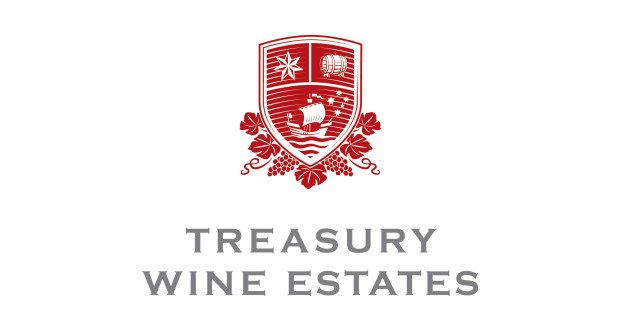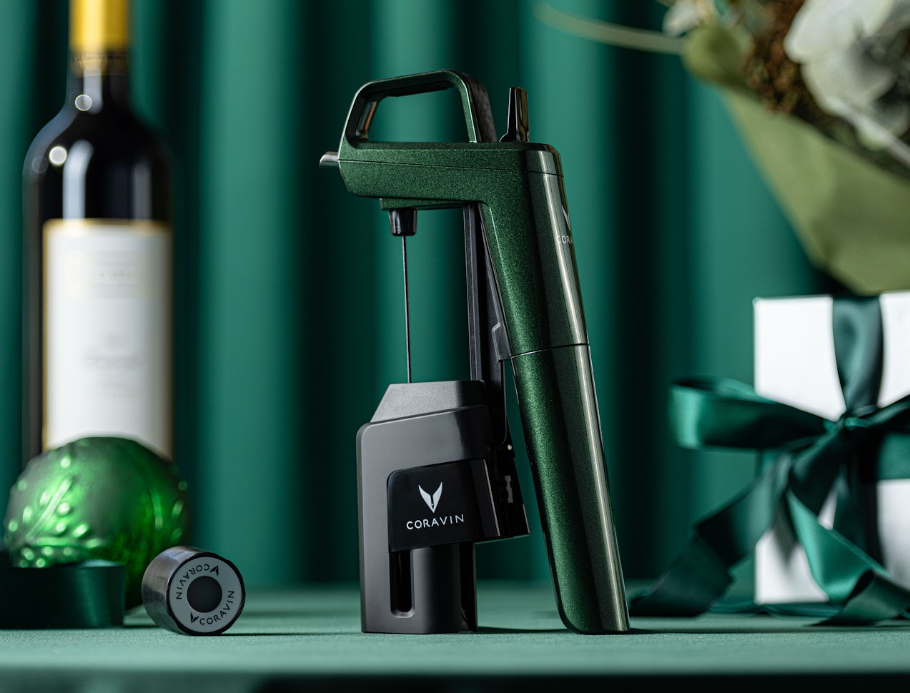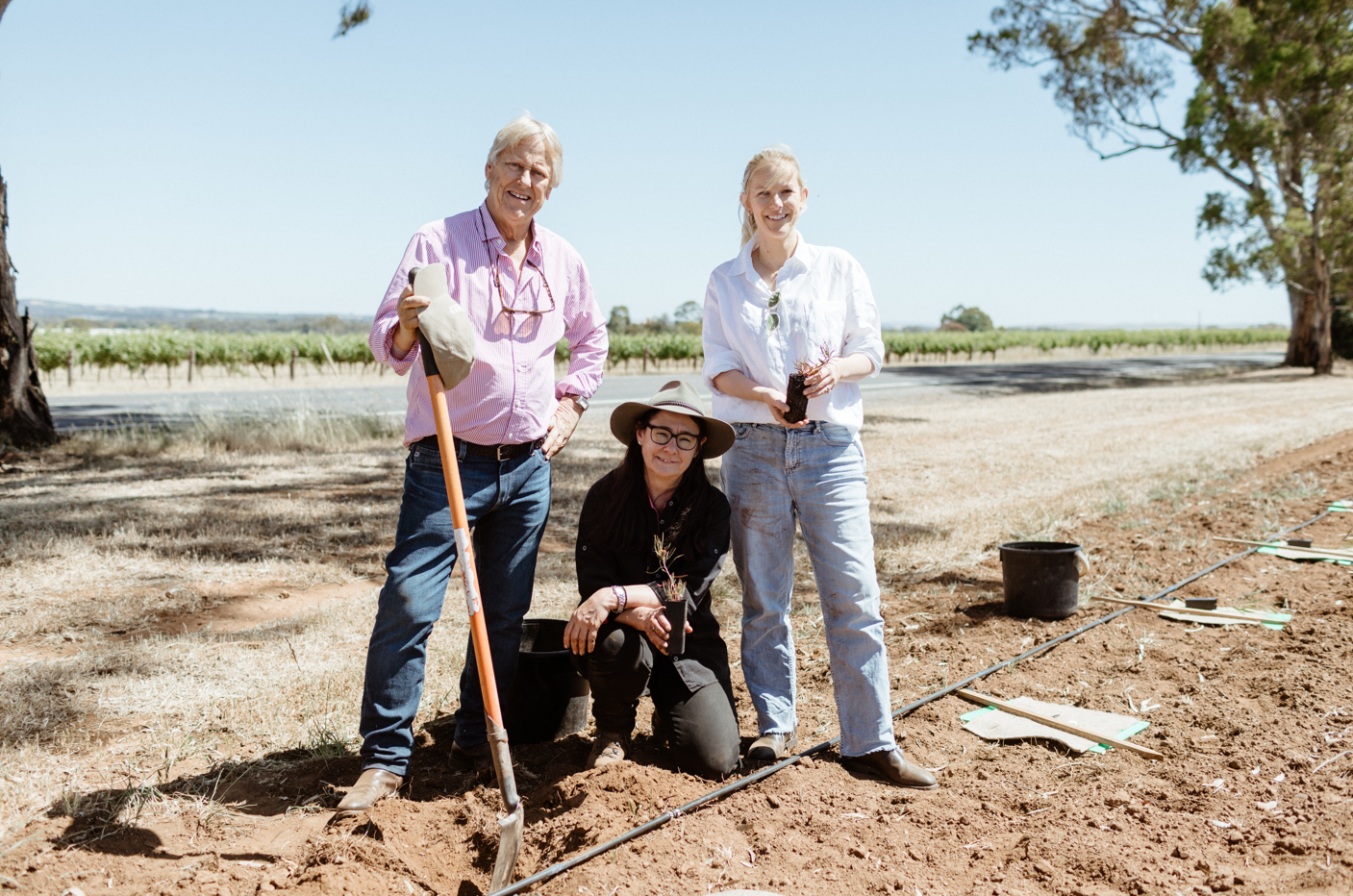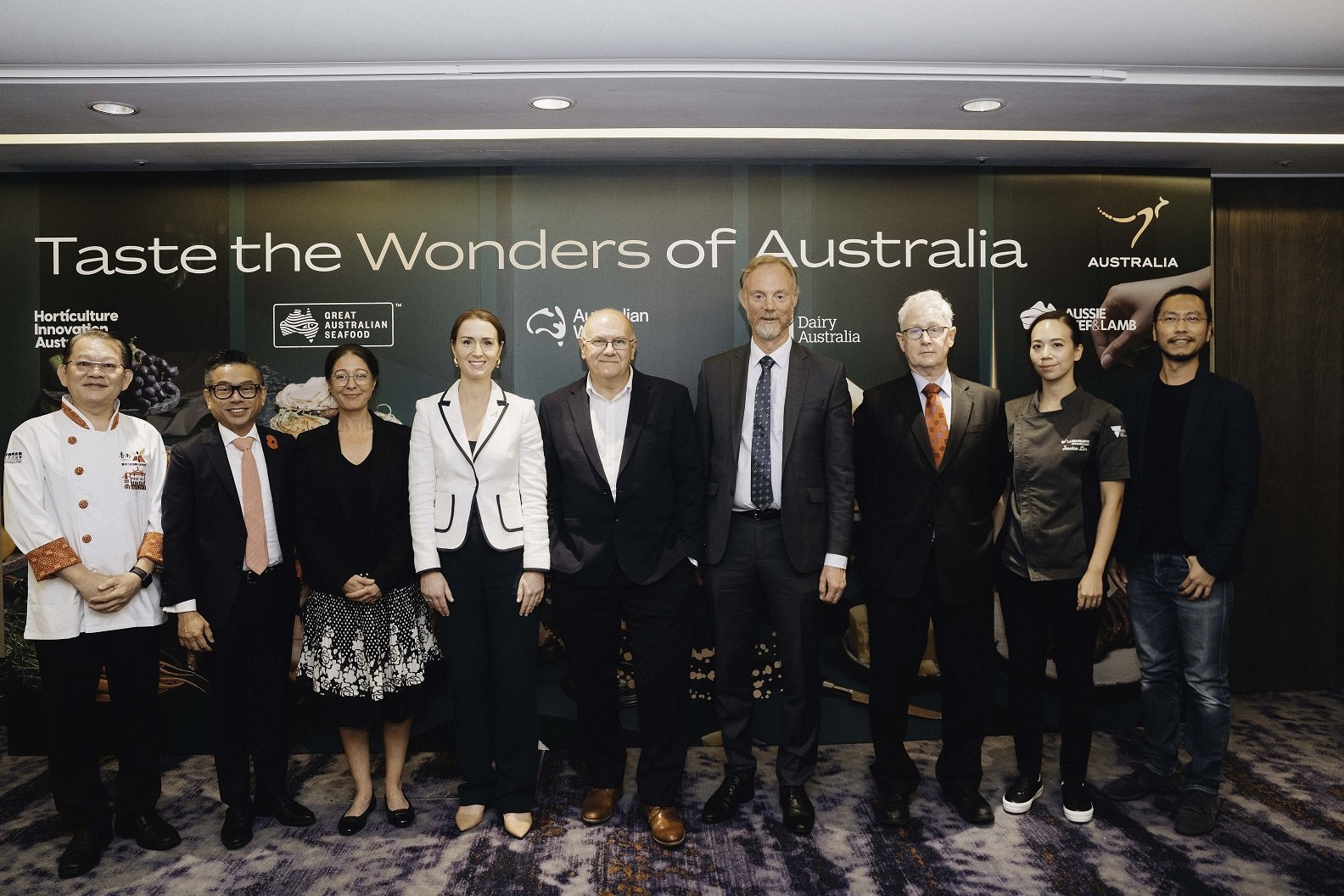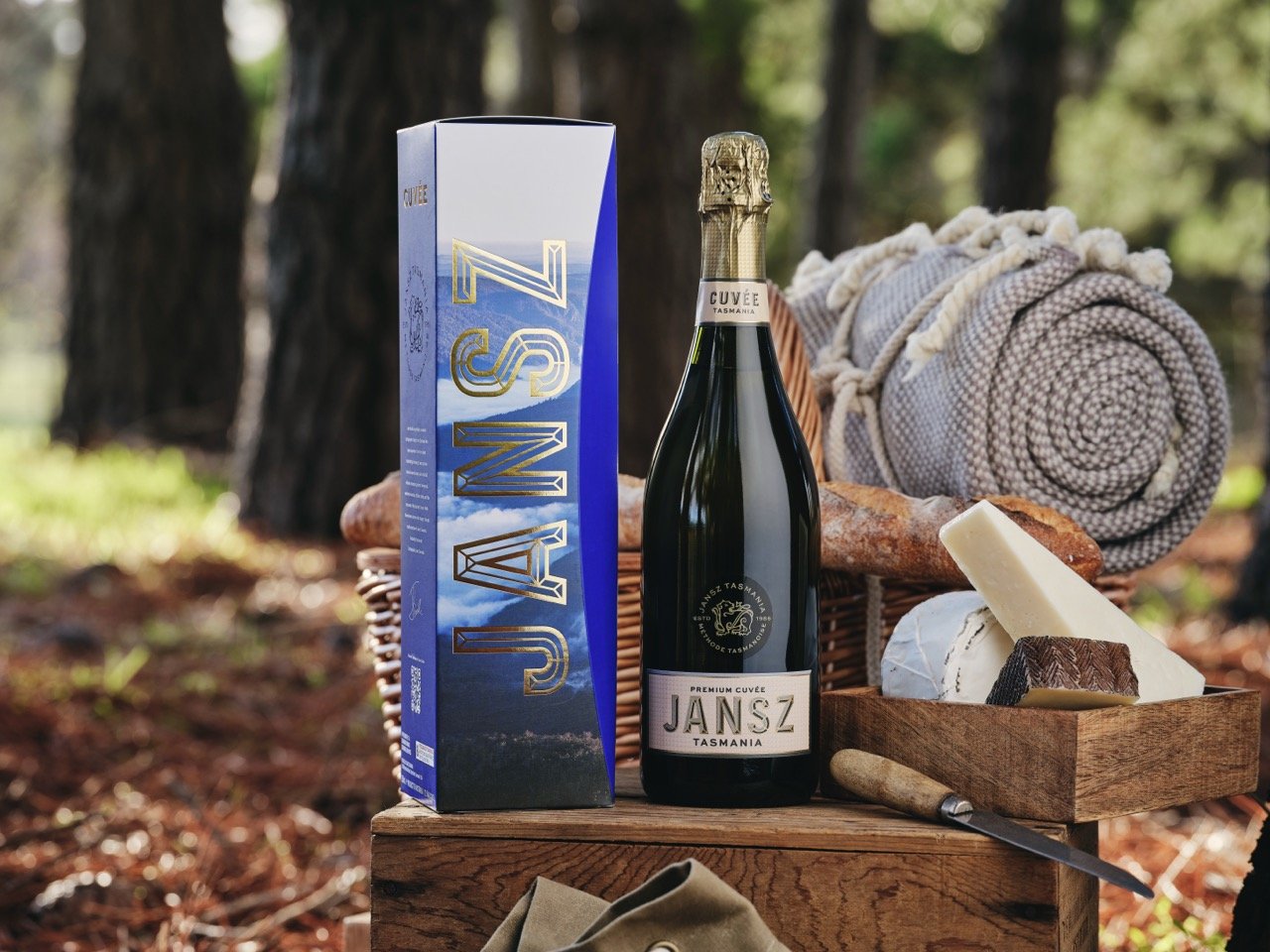The portfolio identifies nine of TWE’s existing Australian wine brands as regional ‘gems’ – brands that through increased focus and investment will expand company's exports as well as provide growth opportunities for TWE customers in this market.
A new team, led by Regional Wines General Manager, Christian Sim, has been appointed to the portfolio and will be responsible for the sales, marketing and value contribution of these wines. This team will then be supported by an Advisory Panel that includes respected wine expert James Halliday AM.
The chosen brands cover a number of Australia’s wine regions, including Margaret River with Devil’s Lair, Tasmania with Heemskerk, Victoria with T’Gallant, Seppelt, Coldstream Hills and St Huberts, and South Australia with Leo Buring and Saltram.
“We brought these brands together because they represent the very best of their regions and they are brands that have a proud history and a very long heritage in the Australian wine industry”, Sim explained.
“These are also brands that been a little bit caught in the shadows while the business has been focusing on brands such as Penfolds, Lindeman's and Wolf Blass. These brands have never shied away from the quality that they produce, but they’ve been working in the background for a little while. So what we’re trying to do today and ongoing, and really what we’ve already started doing, is to bring these brands into the spotlight - get people talking about them again and take them to the world.”
TWE increased the vintage intake of these brands this year to help with production capacity and will be supporting these brands through added investment, while Sim and his team will be searching for new distribution opportunities in Australia and internationally to grow their footprint.
“The reason for setting up the team is really about recognising that regional wines need to be run differently to the way you might run global brands. With regional wines for example, you need to be very focused on making quick decisions and making decisions closer to where the wines are created - in the winery and in the vineyard.
“I know that we can create that kind of decision making culture in the team. We also get to the opportunity to leverage the benefits of being a part of TWE - the buying power, the internal expertise, as well as all the back of house and other things that act as a great support. So if we can combine the two effectively, I really think we’ve got the opportunity to create a strong, sustainable model that will allow us to put investment into these brands so that they grow and grow, and then grow again, as well as get global distribution and better distribution within Australia, which will put them in the right place to be successful.
Sim says that the team will also be getting the brands' winemaking teams to work with TWE customers in Australia, to help support education and tell the stories behind the wines.
On the international stage, Halliday believes that the portfolio will help to build 'Brand Australia' even further globally. While TWE did not wish to name which overseas markets it will be prioritising, Halliday in advising the company has highlighted opportunities in China and the US, where he says the challenge will be in convincing American consumers on the quality of Australian wine.
“I am genuinely excited about what the future holds for these brands,” said Halliday.
Share the content
